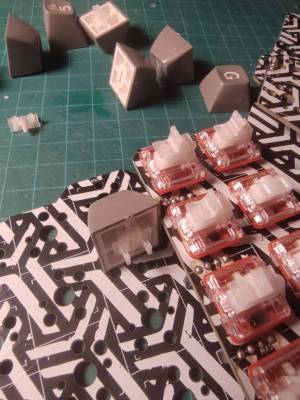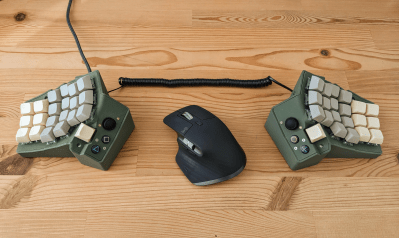[Alex] of YouTube channel [EastMakes] wrote into tell me about his fantastic QWERTY ‘hexpansion’ board for the 2024 EMF Tildagon badge, and [Alex], I’m super glad you did. The system works!
Let’s back up a bit. Essentially, the idea is to have a badge that can be used beyond a single camp, with the creation of expansion boards being the other main attraction. Our own [Jenny List] covered the badge in detail back in June 2024 when she got her hands on one.
![A pair of hands holds the 2024 EMF Tildagon badge with a QWERTY keyboard Hexpansion built by [EastMakes].](https://hackaday.com/wp-content/uploads/2025/03/How-to-Build-a-QWERTY-Hexpansion-for-Your-Tildagon-EMF-Badge-YouTube-0-7-54.jpeg?w=400)
This QWERTY hexpansion is based on the RP2040, which is soldered around back and visible through the 3D-printed backplate. In order for the 90°-oriented board to align with the… not-90° connector, [Alex] built a little meander into the PCB.
The default OS on the Tildagon doesn’t know natively what to do with the serial messages from the keyboard, so [Alex] wrote an application that reads them in and decodes them. Be sure to check out the build and walk-through video after the break.
Continue reading “Keebin’ With Kristina: The One With The Batwing Typewriter”
















